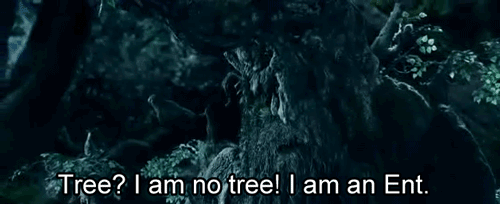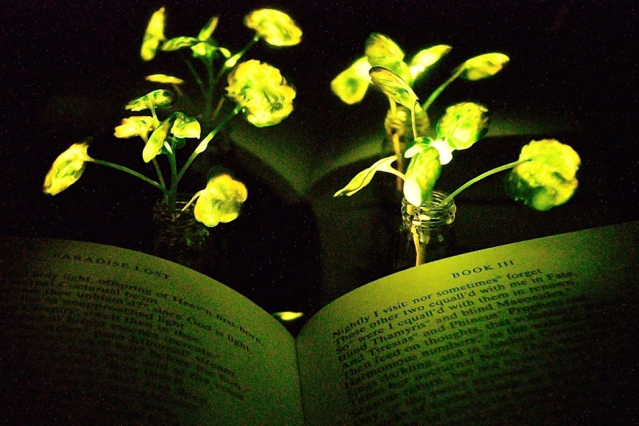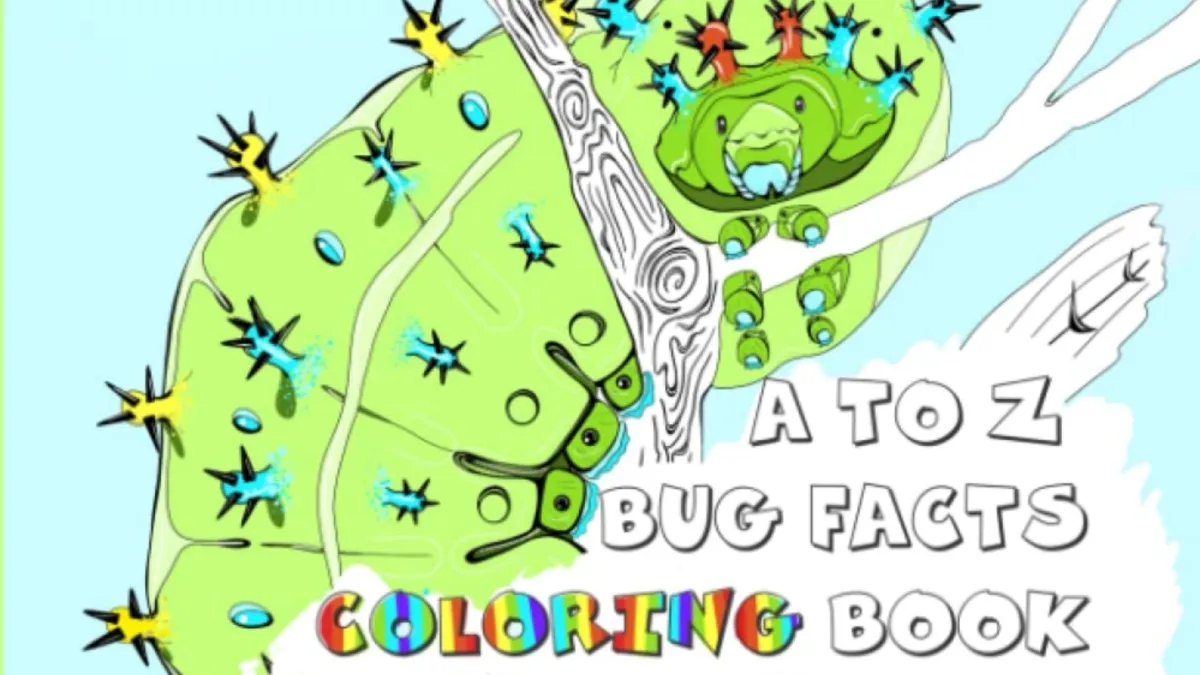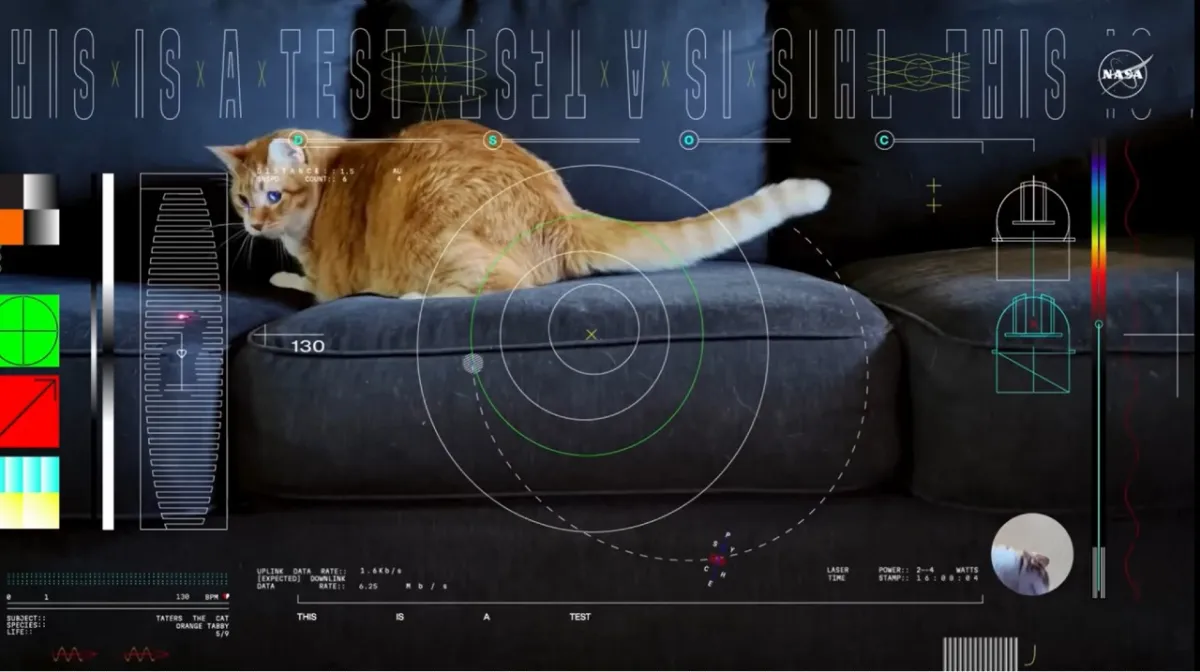MIT engineers have created a wondrous thing: they successfully embedded nanoparticles of luciferase—the enzyme that makes fireflies light up—into the leaves of a common watercress plant, thereby inventing the coolest way to read in the universe.
The leaves then give off a glow that the engineers hope may one day replace energy-consuming electric lamps and lights. “Imagine that instead of switching on a lamp when it gets dark, you could read by the light of a glowing plant on your desk,” MIT News writes. Oh, do tell me more.
“The vision is to make a plant that will function as a desk lamp — a lamp that you don’t have to plug in. The light is ultimately powered by the energy metabolism of the plant itself,” says Michael Strano, the Carbon P. Dubbs Professor of Chemical Engineering at MIT and the senior author of the study.
This technology could also be used to provide low-intensity indoor lighting, or to transform trees into self-powered streetlights, the researchers say.
I’ll admit that there’s something dreamily fantastical that appeals to me about the idea of strolling underneath illuminated trees and reading by plant light. Yet it’s even cooler because there’s no magic involved here—this is all pure science, working to harness nature and push the boundaries of what natural things can do. Such glow-enabled plants would also be hugely helpful around the world in areas that are not wired or provided with electricity.
And Professor Strano’s group doesn’t want to stop at solving the problem of lighting. They think that the sky’s the limit as to what we can do with nanoparticles and our green growing friends:
Plant nanobionics, a new research area pioneered by Strano’s lab, aims to give plants novel features by embedding them with different types of nanoparticles. The group’s goal is to engineer plants to take over many of the functions now performed by electrical devices. The researchers have previously designed plants that can detect explosives and communicate that information to a smartphone, as well as plants that can monitor drought conditions.
Well, I for one would welcome our future plant overlords. In all of the science fiction and fantasy that I’ve read throughout my life, I can’t remember any that predicted or depicted something like reading by plant light. Sometimes science fact can just blow fiction right out of the water.
I love that the book used for the demonstration above is John Milton’s Paradise Lost (thanks, luciferase), though if it were me, I might’ve chosen J.R.R. Tolkien’s The Two Towers, out of deference to the ents.

(via BoingBoing, MIT News, image: Seon-Yeong Kwak/MIT)
Want more stories like this? Become a subscriber and support the site!
—The Mary Sue has a strict comment policy that forbids, but is not limited to, personal insults toward anyone, hate speech, and trolling.—










Published: Dec 20, 2017 12:36 pm